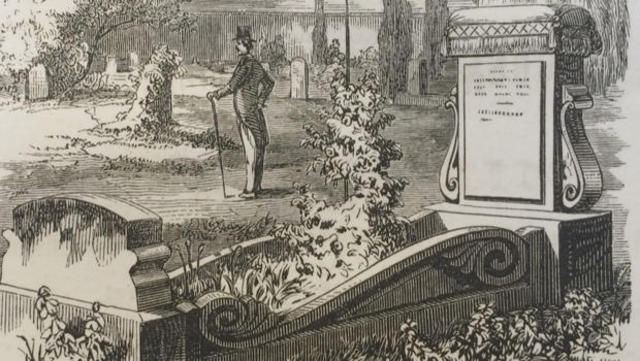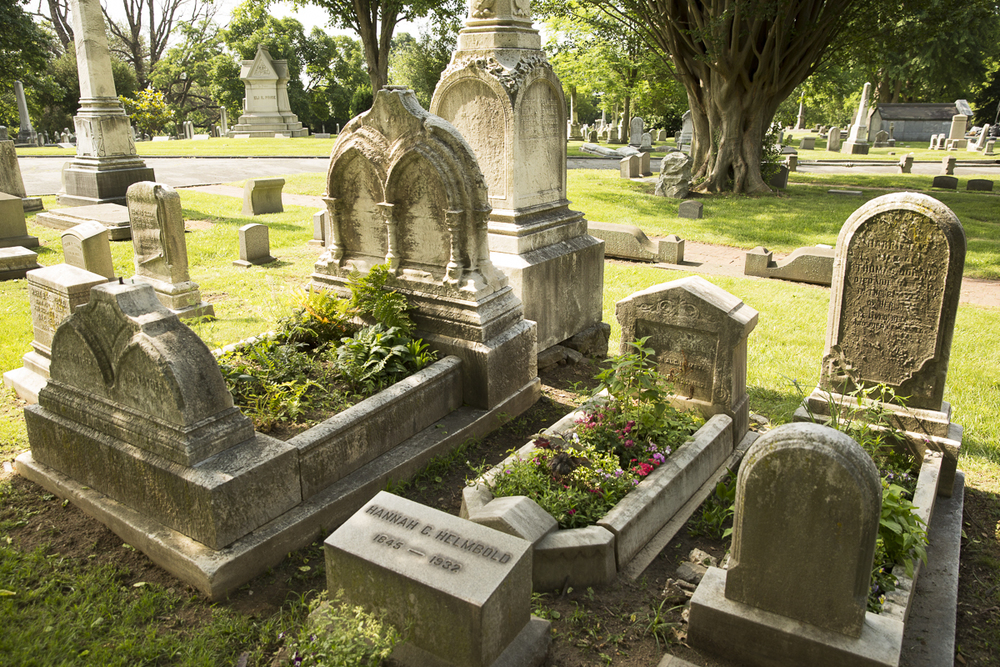
Grave Gardening: Conserving America’s Garden Cemeteries
Prior to 1830, families buried their dead in local church cemeteries or family cemeteries. In 1831, Mount Auburn Cemetery in Cambridge, Massachusetts became the first modern public cemetery. It was a “garden cemetery,” whereby landscape designers incorporated water features and plants amongst the graves. These “rural cemeteries” served as public parks for many growing cities. They were destinations for relaxation and enjoyment of family, both alive and deceased. A unique feature in these cemeteries was the “cradle grave.”
Cradle graves consisted of headstones with attached “bathtub-like extensions.” Children and adults alike would be buried underneath these mini gardens. The deceased’s family would tend these gardens. Some were quite elaborate!

The best examples can be found in The Woodlands, a 54-acre garden cemetery located in West Philadelphia. In 1766, William Hamilton (1745-1813) inherited 356 acres near what was formerly known as Blockley Township. He built a 2-story mansion, which he extensively renovated upon his return from England after the American Revolution. The estate became known as The Woodlands. A botanist enthusiast, Hamilton planted over 9,000 species of plants. After his death, Hamilton’s heirs sold off all but 92 acres, which was purchased in 1840 by the Woodlands Cemetery Company of Philadelphia. The mansion and acreage became a garden cemetery. As a precursor to public parks, this cemetery was a popular place where people came to play. So popular, in fact, that management had to issue tickets for admission. Today, the company, working as a non-profit organization, maintains the designated historical landmark district.

Unfortunately, the cradle graves were abandoned as families died off or moved away. The Grave Gardeners is a volunteer group of over 120 people who maintain the estimated 300-400 cradle graves at The Woodlands. Volunteers are vetted and attend orientation sessions. Plantings remain consistent with Victorian-era selections. The program is incredibly successful. Hopefully, their success will inspire other entities to implement such conservation programs to preserve rural cemeteries across the country.
